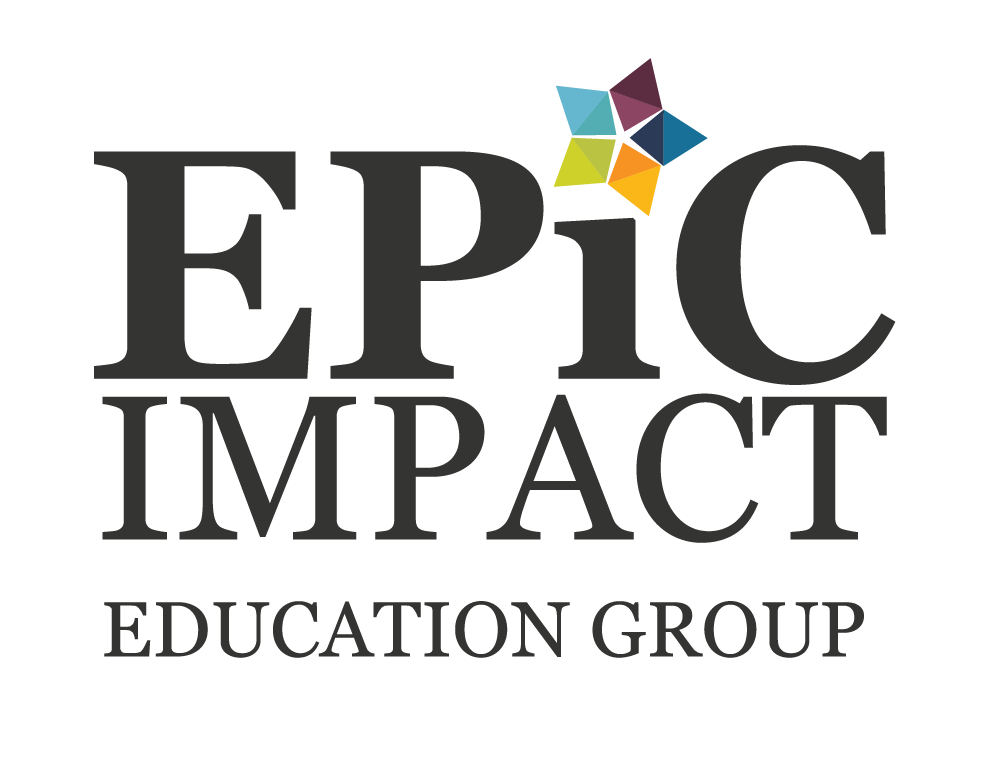State Report Cards Can No Longer Be the Only Measure of Success
When I was a former principal and superintendent, I was always very proud of our building’s and district’s achievement data and value added growth data, as well as our Ohio Department of Education Report Card. Our achievement data, value added data and state rating always ranked among the best in Ohio. This was especially rewarding as we always had one of the lowest per pupil expenditures, lots of students qualifying for free and reduced lunch and were located in rural Ohio. Back in 1995 through 2009, I was fortunate to work for an innovative and creative superintendent that said we cannot rely on the Department of Education to be the only source of our school story. He said, “If we do not tell our school story, then someone else will.” We knew what “gets measured –gets improved.” So in addition to our state department of education report card, we had our own measures of success or community report card. We engaged our community members and staff in developing these measures. I will share some of these measures later in this blog.
Last year while serving as a Senior Director of a Education Not for Profit, I had the opportunity to lead one of the largest school improvement collaboratives in the United States. During our learning sessions, we provided Thought Leadership Sessions featuring national speakers, Collaborative Workshops where some of the highest performing teachers, school leaders and teams share their strategies for success, and Innovation Labs, where collaboratively we solve problems of practice or innovate for future-ready schools.
One of my favorite sessions was when our Innovation Lab featured Gallup researcher Dr. Tim Hodges as we posed this question to our 75 plus school leaders, “What measures should schools use to communicate their impact and effectiveness to their community?” Tim started the day with a thought provoking presentation sharing some of the current research from GALLUP and the PDK/GALLUP Survey. One of the statements that set the tone for the day was "the path to school success is great principals, engaged teachers and engaged students."
Some of the interesting results that Tim shared from the GALLUP research were:
Dr. Hodges also shared that K-12 teachers answered Strongly Disagree to “My opinion seems to count at work” more than any other profession surveyed, which is certainly a contributor to the highly disengaged teacher workforce.
So how do we create schools that have teachers and students more engaged in schools? As always, it starts with leadership. As in other research on high performing schools, the talent of the principal is a very important factor. In fact, according to GALLUP, talented principals were 2.6 times more likely to have above average teacher engagement scores.
After Dr. Hodge’s presentation, our school leaders began having dialogue around what were the important measures of success for a school or district. The group did not dismiss the importance of test scores, more specifically 3rd grade reading, 8th grade algebra, and ACT scores, but did spend time communicating how it would be great to have data on student and teacher engagement. Gallup does have a FREE student survey on Hope and Engagement every year, and our organization has a classroom level survey for student Hope, Engagement, and Belonging. The value of a classroom survey is that it bridges the gap between student perception and teacher intention, and gives the teacher specific feedback on the classroom environment compared to a building report.
The school leaders also discussed other measures of school success and looked at samples of other district profiles. The group agreed that each district should engage their communities in these discussions and that context matters. Some other examples of measures that could be included on a building or district created community report card that were discussed:
- Percentage of students who go to college
- Percentage of students who participate in co- or extra-curricular activities
- Community service hours
- Percentage of students who take Advance Placement Courses
- Parent/community engagement data
- School finance/efficiency data
- Students in Music and the Arts
Gallup surveyed parents and had them rank a sample of six measures which would be most important in measuring school success, and student test scores ranked last.
We know that student learning is the fundamental purpose for schools. We also know that we should be developing well-rounded students that can collaborate, serve, and lead. By developing a community report card or community profile, you can communicate other important measures to your taxpayers and parents beyond the traditional state report card.
About the Author Bobby Moore has spent more than 25 years in education as a teacher, principal and superintendent. As President & CEO of EPIC Impact Education Group, he partners with schools and professional associations across the country to implement high-growth strategies, professional learning for leaders, strategies for creating high performing and positive cultures, as well as keynoting at conferences and school districts. Please contact him at Dr.BobbyMooreed@gmail.com or follow him on twitter @DrBobbyMoore
This blog was authored by me as an employee of Battelle for Kids.
© 2017, Battelle for Kids. All Rights Reserved




